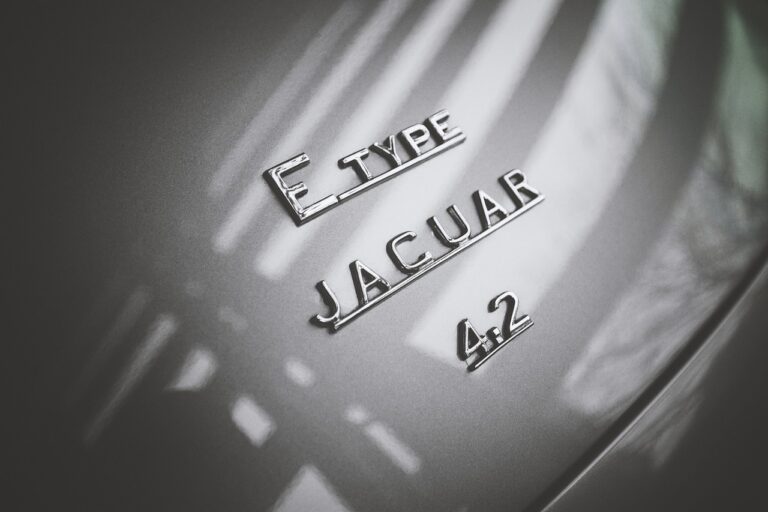The Evolution of Car Fuel Delivery Systems: From Carburetors to Direct Injection
In the early days of automotive history, fuel delivery systems were relatively simple and rudimentary compared to the advanced systems we see today. Cars relied on basic mechanisms to transfer fuel from the tank to the engine to power the vehicle’s movement. These early systems primarily involved gravity-fed methods or manual pumping mechanisms to regulate the flow of fuel.
Over time, advancements in technology led to the development of more sophisticated fuel delivery systems that improved engine performance and fuel efficiency. The transition from basic systems to more complex setups marked a significant evolution in the automotive industry, setting the stage for innovations that would revolutionize how vehicles were powered in the future.
• In the early days, fuel delivery systems primarily relied on gravity-fed methods or manual pumping mechanisms
• Advancements in technology led to the development of more sophisticated systems
• The transition from basic systems to complex setups marked a significant evolution in the automotive industry
Key Differences Between Carburetors and Fuel Injection
Carburetors and fuel injection systems are both integral components of fuel delivery in vehicles, yet they differ significantly in their mechanisms. The primary distinction lies in how they mix fuel with air before entering the engine. Carburetors rely on the Venturi effect to draw in air and mix it with fuel through a series of jets and valves within the carburetor itself. This process requires manual adjustment for various driving conditions, making carburetors less efficient in terms of fuel consumption and emissions control compared to fuel injection systems.
On the other hand, fuel injection systems deliver fuel directly into the engine cylinders in a more precise and controlled manner. By utilizing electronic sensors and computer-controlled injectors, fuel injection systems can adjust the fuel-to-air ratio in real-time based on driving conditions. This results in better fuel efficiency, improved engine performance, and lower emissions output compared to carburetors. Additionally, fuel injection systems are more adaptable to modern engines with advanced technologies, making them the preferred choice in today’s vehicles.
The Rise of Electronic Fuel Injection
Electronic Fuel Injection (EFI) revolutionized the automotive industry by providing more precise control over the fuel delivery process. Unlike carburetors, which rely on mechanical components for fuel distribution, EFI systems use electronic sensors and an Engine Control Unit (ECU) to regulate fuel spraying into the combustion chamber. This advanced technology allows for increased fuel efficiency, better performance, and lower emissions, making vehicles more environmentally friendly and economical to run.
One significant advantage of EFI systems is their ability to adjust fuel delivery in real-time based on various engine parameters like air intake, throttle position, engine speed, and temperature. This adaptive feature ensures that the engine receives the optimal fuel-air mixture under all driving conditions, leading to improved throttle response and smoother power delivery. As a result, vehicles equipped with electronic fuel injection tend to have better overall performance and drivability compared to those using carburetors.
What were the early fuel delivery systems used in vehicles?
The early fuel delivery systems used in vehicles were carburetors.
What are the key differences between carburetors and fuel injection?
Carburetors rely on a vacuum to mix air and fuel, while fuel injection uses electronic sensors to deliver precise amounts of fuel directly into the engine.
Why has electronic fuel injection risen in popularity?
Electronic fuel injection has risen in popularity due to its ability to deliver more precise amounts of fuel, resulting in better fuel efficiency and performance.
Are there any drawbacks to electronic fuel injection?
One drawback of electronic fuel injection is that it can be more complex and expensive to repair compared to carburetors.
Can older vehicles be retrofitted with electronic fuel injection?
Yes, older vehicles can be retrofitted with electronic fuel injection systems for improved performance and fuel efficiency.







